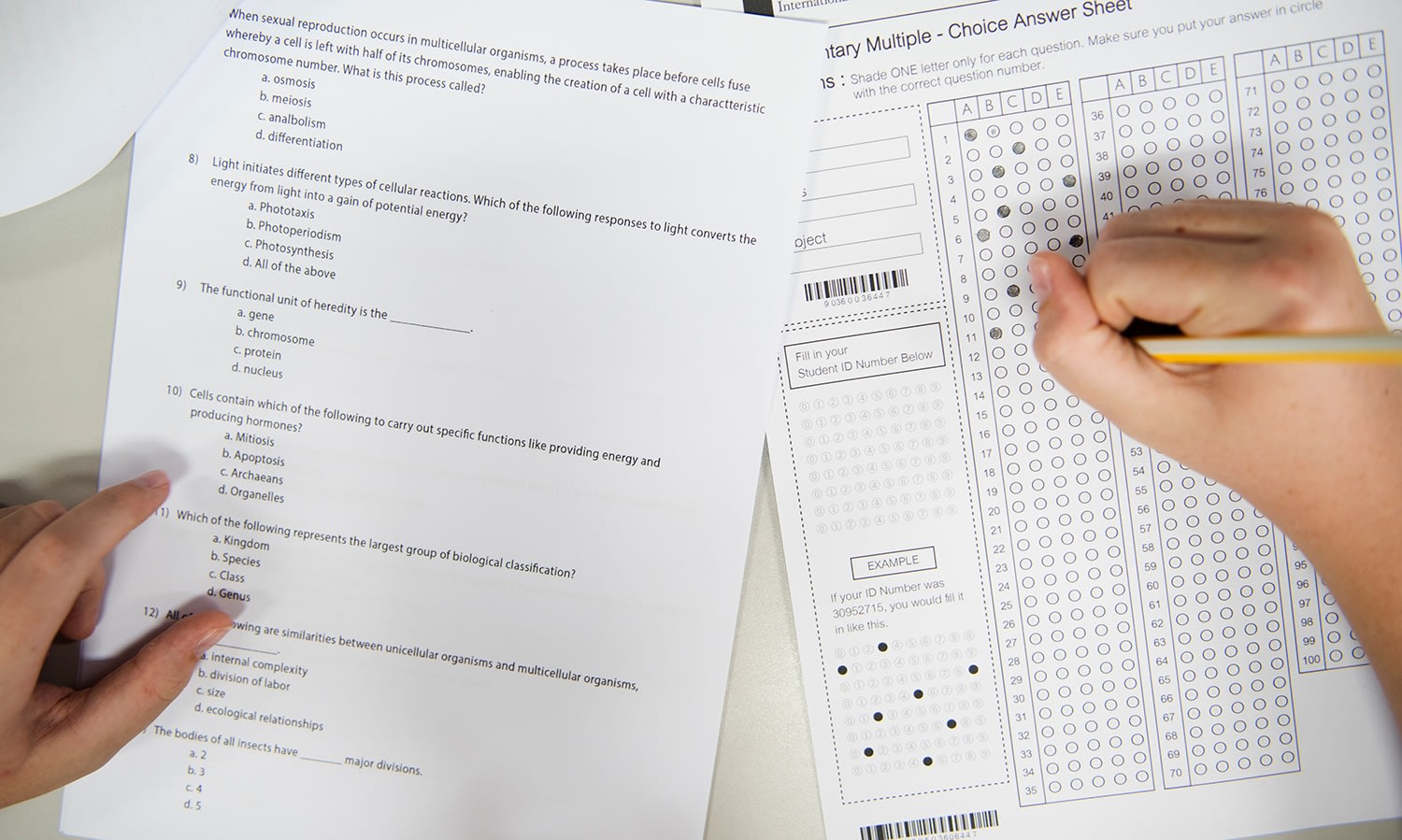In Australia, the National Assessment Program – Literacy and Numeracy (NAPLAN) plays a crucial role in evaluating the educational progress of students across the nation. Since its inception in 2008, Naplan test have become a cornerstone of educational assessment, providing valuable insights into student learning and helping to shape teaching practices.
What is NAPLAN?
NAPLAN tests are annual assessments administered to students in Years 3, 5, 7, and 9. These tests cover key areas of literacy and numeracy, assessing students’ abilities in reading, writing, language conventions, and numeracy skills. The tests are standardized and aim to provide a snapshot of how well students are progressing against national benchmarks.
Purpose of NAPLAN
The primary purpose of NAPLAN tests is to:
- Assess Student Progress: NAPLAN helps educators and policymakers gauge how well students are learning essential skills compared to their peers across Australia.
- Inform Teaching Practices: Results from NAPLAN tests provide valuable data that can inform curriculum development and teaching strategies to better meet the needs of students.
- Accountability and Transparency: NAPLAN results are used to hold schools and education systems accountable for the quality of education provided.
Test Structure
NAPLAN tests are designed to be fair, reliable, and comparable across different states and territories. The test structure includes:
- Reading: Students read a variety of texts and answer comprehension questions.
- Writing: Students are assessed on their ability to produce a written piece, demonstrating their understanding of text types and language conventions.
- Language Conventions: This section tests students’ grammar, punctuation, and spelling skills.
- Numeracy: Students solve mathematical problems covering a range of topics appropriate to their year level.
How NAPLAN Benefits Students
- Identifying Strengths and Weaknesses: NAPLAN results help students, parents, and teachers identify areas where students excel and areas that may need improvement.
- Preparing for Future Learning: By assessing foundational skills, NAPLAN prepares students for future educational challenges, including higher education and the workforce.
- Benchmarking Progress: NAPLAN provides a benchmark against which students’ progress can be measured over time, ensuring continuous improvement.
Criticisms and Considerations
While NAPLAN tests are widely used and valued, they also face criticism:
- Pressure and Stress: Some argue that NAPLAN creates unnecessary stress for students, teachers, and schools due to its high-stakes nature.
- Narrow Focus: Critics suggest that the focus on literacy and numeracy may overshadow other important areas of learning, such as creativity and critical thinking.
In conclusion, NAPLAN tests are a vital tool in Australia’s educational landscape, offering a standardized approach to assessing student progress in key areas of literacy and numeracy. While they provide valuable data for educators and policymakers, it’s essential to balance the benefits of assessment with the need to support holistic student development.
